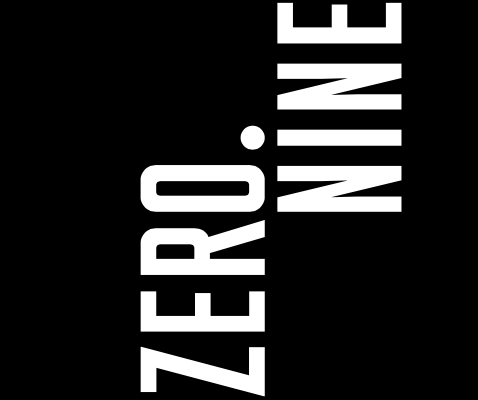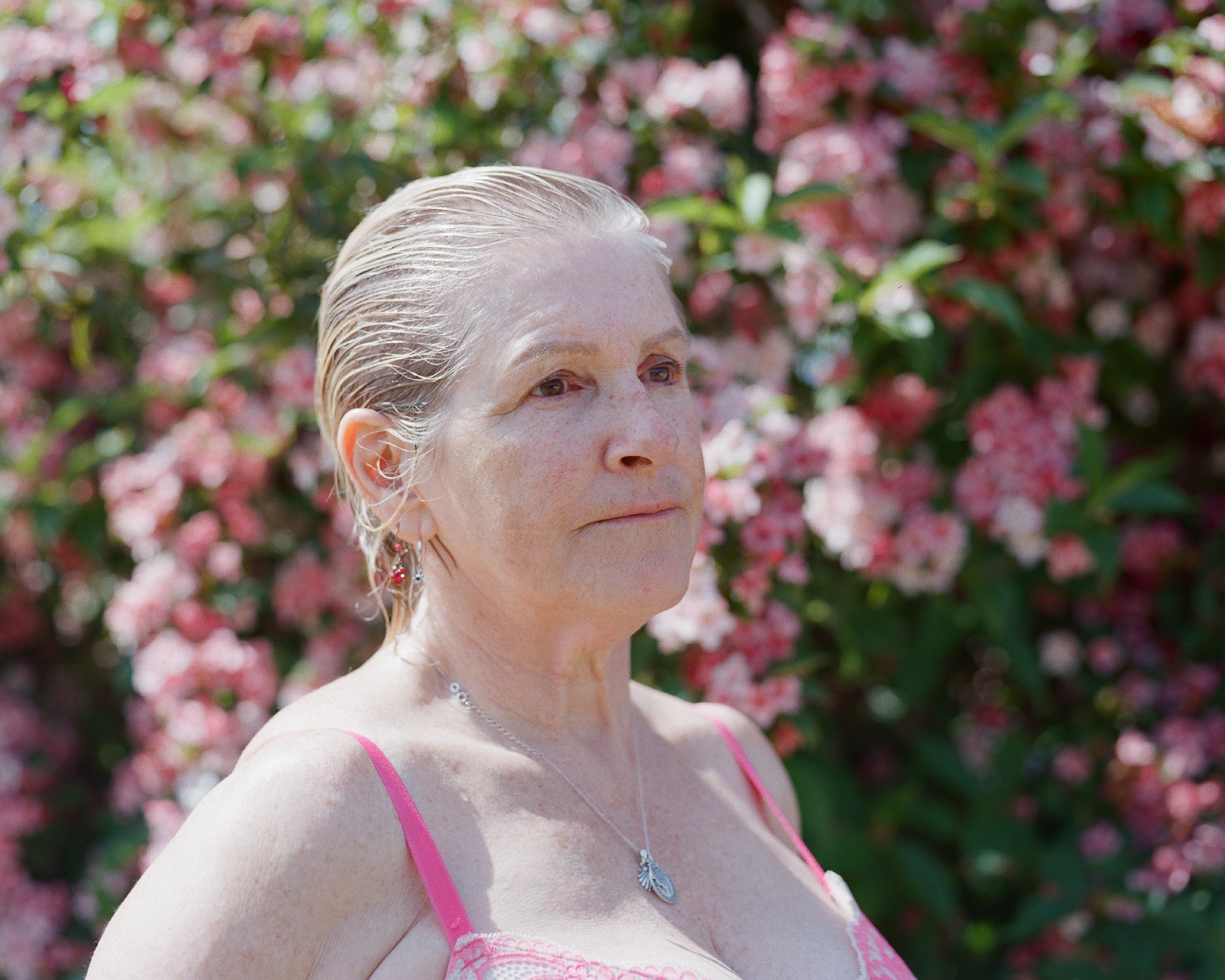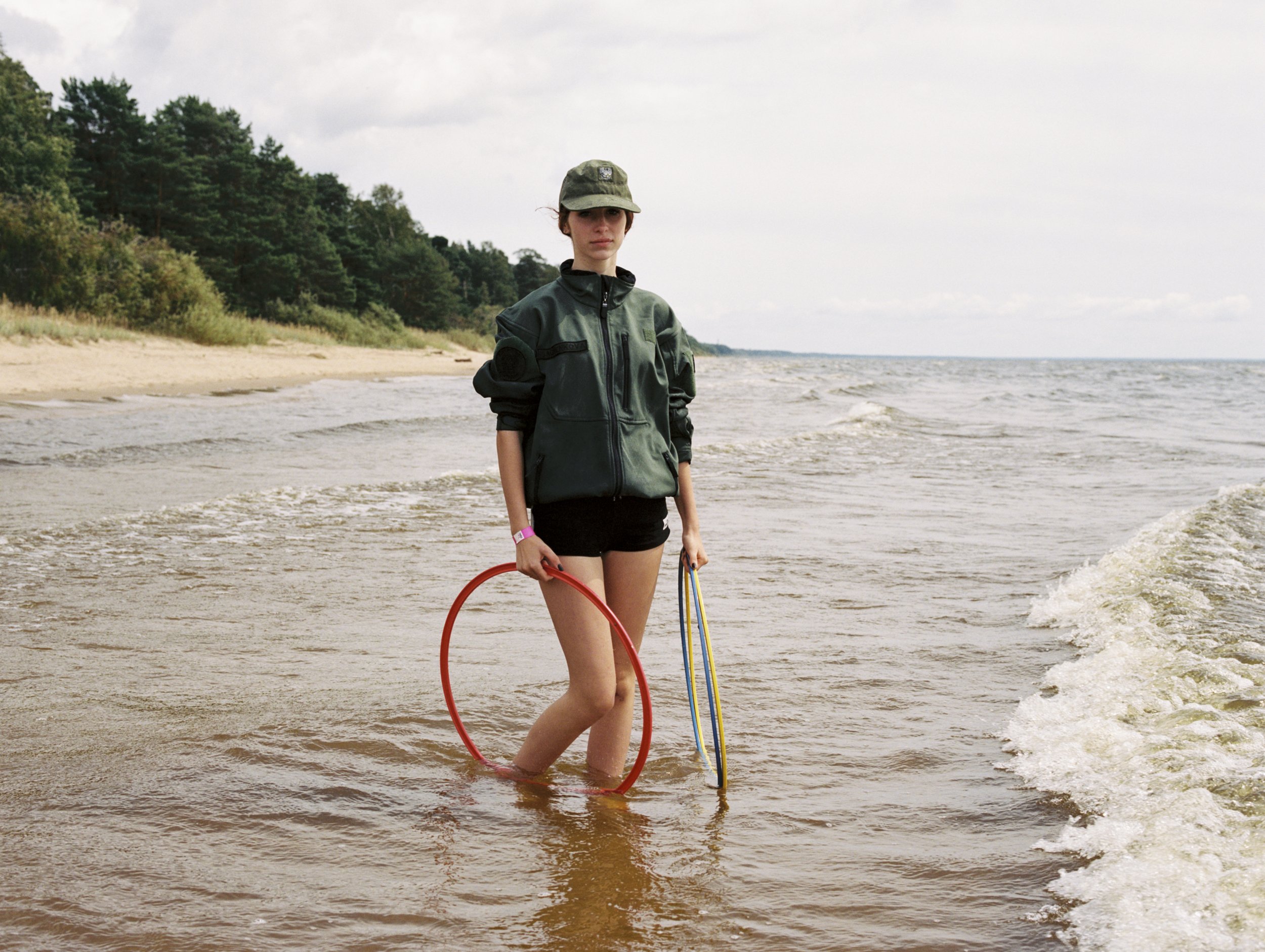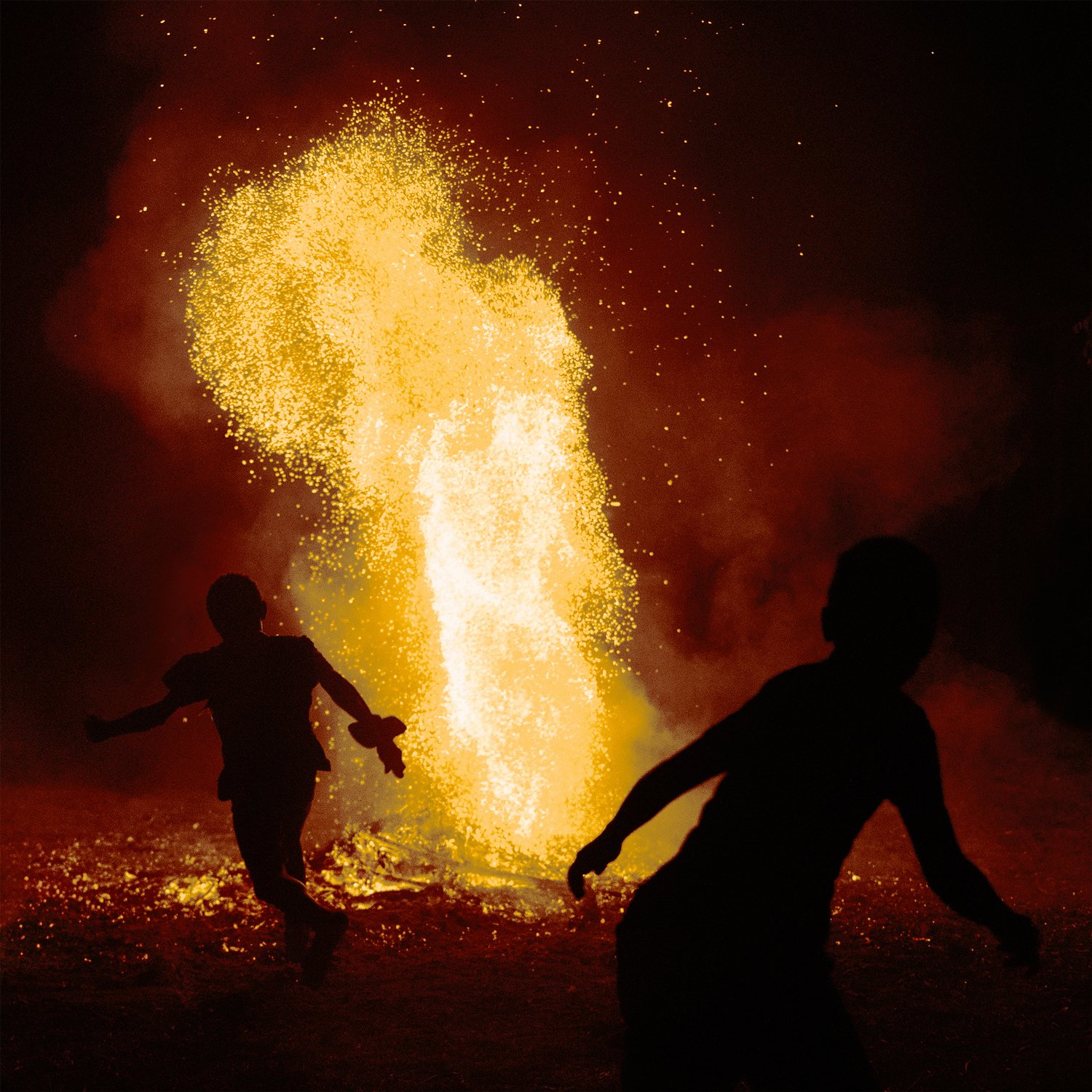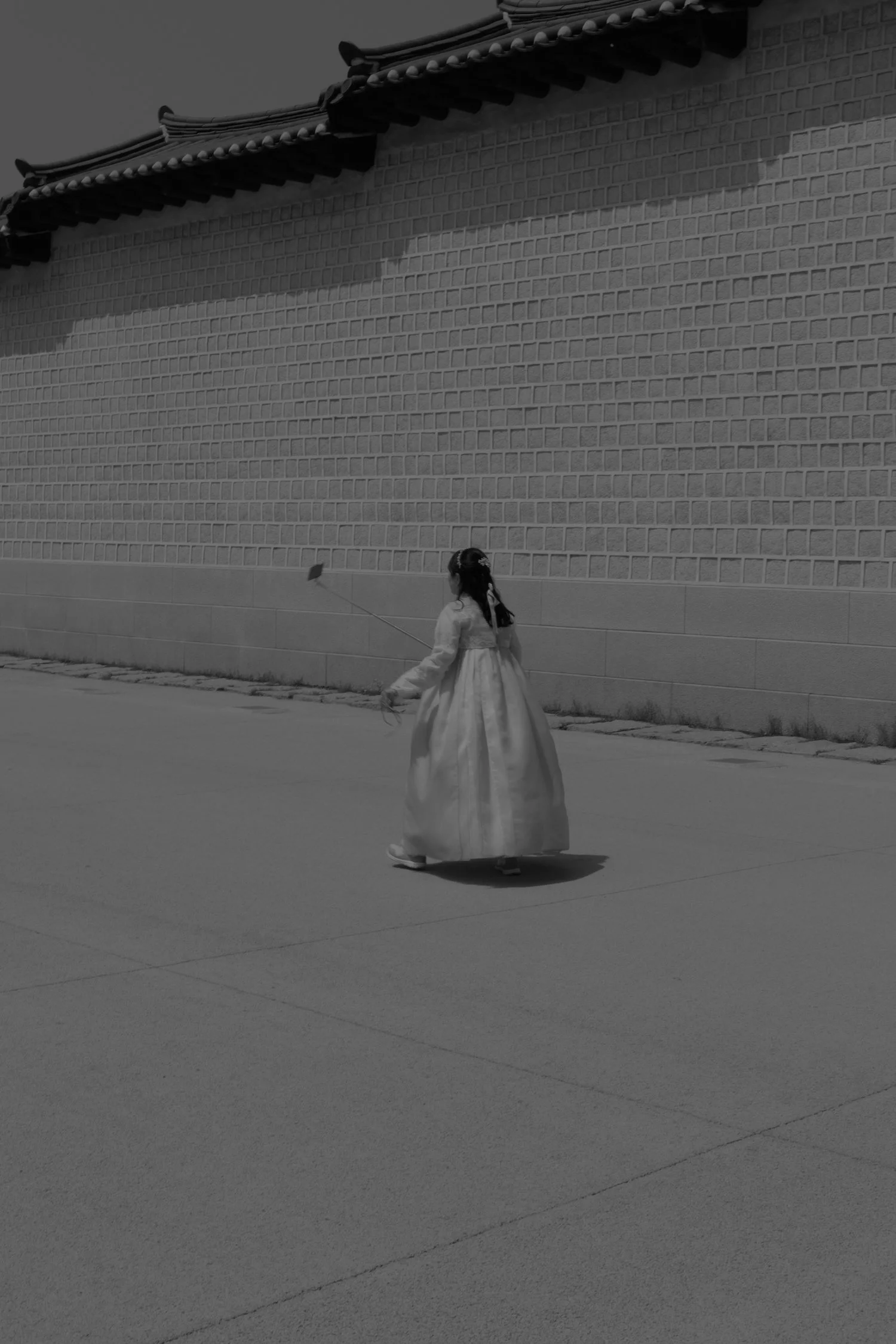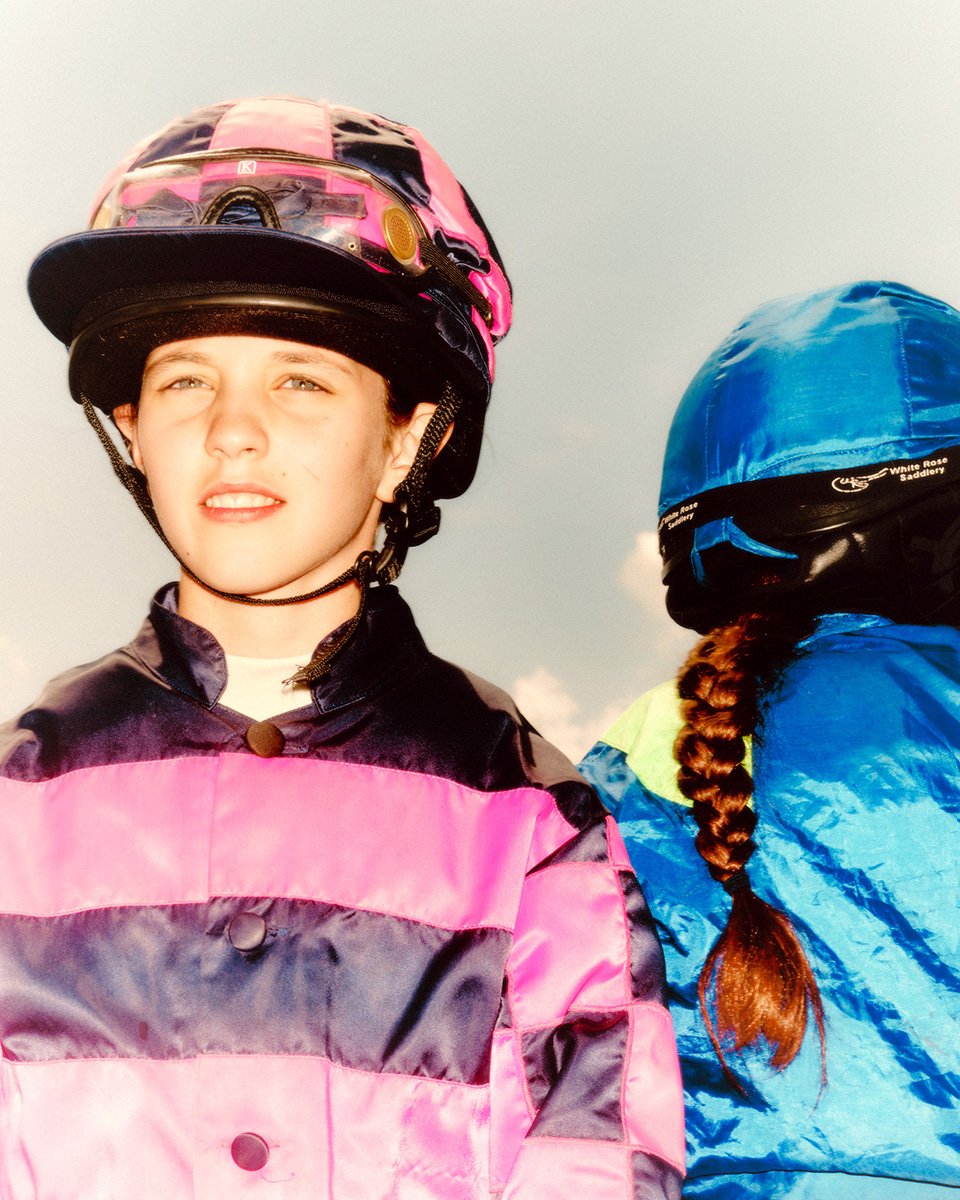Rooted in Motion
Through movement, film, and ritual, movement artist Masumi Saito explores themes of fragility, transformation, and identity. Rooted in the Japanese respect for nature and spirits, her work weaves personal experiences of motherhood, grief, and cultural heritage. We spoke to her to discover how she transforms life’s complexities into profoundly moving art.
Interview and Photography JC Verona I first came across Masumi’s work last year while browsing Instagram, where I noticed one of my London old flatmates and friend had attended one of her shows. Instantly captivated by what I saw, I felt a spark of deep curiosity to learn more about the artist behind such mesmerising work.
It wasn’t until a few months ago, drawn by the strength of her art when I spoke with the team and decided to feature her as one of our cover stories. When we met at our studio, I realised how our connection was given by shared experiences of grief, loss, and the importance of patience, as an appreciation for allowing things to unfold naturally.
Get set, steady and ready to learn more about the artist and her practice. I hope you enjoy this interview as much as I enjoyed talking to Masumi.
JC - Your work reflects a deep connection to nature, spirits, and the Japanese way of being. How do these influences shape the narratives in your performances and films?
Masumi - In recent years, I've felt a more profound connection to my roots as someone immersed in Japan's mountain landscapes. Having lived in London for over half my life, I initially worked hard to adapt to a new identity and to 'fit in.' However, major life events such as the birth of my children and my mother's death caused me to have some perspective shift. I've shed those pressures and fully embraced my unique cultural background.
The Japanese way of being — with its deep appreciation for nature, spirits, and rituals — is beautifully woven into daily life, even as these traditions face the forces of modernisation and westernisation. This reverence passed down through generations, shapes my worldview and the narratives in my performances and films.
Since becoming more conscious of these connections, my creative approach has become more authentic and cohesive, regardless of form. Embracing these influences has allowed me to channel my identity into my work entirely.
JC -Your art often intertwines themes of fragility, balance, and transformation. How do these concepts emerge in your artistic process, and what personal or external influences shape them?
M - My work is like a journal — a space where I explore my questions and try to make sense of the world and myself.
In the past, I focused more on how a place or environment directly influenced me or shaped the stories I told. But in recent years, my approach has shifted toward research-based inquiries, often rooted in personal experiences. These ideas evolve further through conversations with others or visual references that inspire me.
Over the past year, I've explored the relationship between grief and rituals. Losing my mother last year created a profound emptiness in my world, and my artistic practice became an essential tool in navigating my grief. This journey has made me realise how important it is to open up dialogues about death and to normalise conversations around our fears and fragility.
In this way, my work reflects transformation — balancing loss, healing, and the beauty of shared human experience.
JC - As a movement artist and choreographer, what is your process for translating emotions or abstract concepts into physical expression? How do you approach the relationship between the body and its surroundings?
M - Regardless of the theme I'm working on, my process always begins with walking. I walk for at least an hour daily, letting my thoughts wander and unfold organically. This simple, meditative practice allows me to explore ideas with playfulness, which is essential for my work.
From there, I often move to the woods or my own space, immersing myself in my surroundings. Being mindful of the environment and attuned to its details is crucial, as these observations naturally shape my physical responses. I aim for movements that emerge organically — they must feel authentic to my body and emotions at that moment.
Over time, I've come to embrace the changes in my physicality. I don't move the way I did in my 20s or before becoming a mother, and that's something I honour. Now, I can find richness in stillness and the spaces between movements. It's a practice of patience — a reminder to do less and trust more. Moving less can be more challenging as it intensifies my internal dialogue. But this tension also deepens the connection between my body, emotions, and the environment, allowing me to translate abstract concepts into physical expression.
“People will naturally see and feel things differently, shaped by their personal stories .”
JC - You've been commissioned multiple times by the Nakanojo Biennale. How has this recurring collaboration influenced your artistic evolution, and what significance does the Biennale hold in your creative journey?
M - The Nakanojo Biennale is deeply special to my artistic practice. The festival began in 2007 in my hometown, Nakanojo, a small, depopulated mountain village in rural Japan. What started with a small group of artists staying in an abandoned school building grew into a powerful movement that convinced the local council of art's ability to rejuvenate the economy and community.
When I returned home in 2011, I contacted the director, Tetsuo Yamashige, and we immediately formed a strong connection. Since then, I've built meaningful friendships and working relationships with him and the festival. The Nakanojo Biennale's trust in the artists it supports makes it unique. Tetsuo allows artists to explore their practices freely, without agenda or constraints.
Even as the festival has gained international recognition, its core values remain the same: bringing life back to an almost forgotten village, creating community, and offering artists a platform to play and experiment. It's a rare and precious place where I can be entirely experimental, unburdened by external expectations. This freedom has been invaluable to my creative evolution.
JC - Motherhood often profoundly changes one's perspective. How has becoming a mother impacted the themes you explore or the way you approach your art?
M - I have two wonderful boys, ages 10 and 6, and I absolutely adore being a mother. Parenthood has brought immense joy and countless discoveries into my life. However, balancing being a parent and an artist can be challenging.
My husband, Guy, is a filmmaker, and we work under Movement Diary together. Since becoming parents, our creative process has had to adapt. We often work within set rules to maximise our limited time while juggling caregiving responsibilities. Interestingly, these limitations have brought new depth to our work, encouraging us to explore ideas more deliberately.
My boys inspire me daily. Their way of seeing the world has taught me to slow down and pay attention to life's smallest details. I also feel proud that we're showing them the value of pursuing our passions and turning them into a meaningful career. In many ways, motherhood has deepened my perspective and practice, making my art feel more grounded and alive.
JC - Your performances seem to invite introspection and self-discovery for the audience. How do you strike a balance between guiding their experience and leaving room for individual interpretation?
M - It's essential that my work explains little and leaves space for interpretation, but I don't worry too much about that. People will naturally see and feel things differently, shaped by their personal stories or even the kind of day they've had.
What matters most to me is that they feel something — whether it sparks a conversation or touches an emotion. That's my guiding intention. I also love the surprises that come with audience feedback. Their interpretations often revealperspectives I hadn't considered, and those moments fascinate and inspire me.
“I can find richness in stillness and the spaces between movements. It's a practice of patience — a reminder to do less and trust more. Moving less can be more challenging as it intensifies my internal dialogue.”
“Losing my mother last year created a profound emptiness in my world, and my artistic practice became an essential tool.”
JC - The interplay between film and live performance is central to your work. How do these mediums complement each other, and do you approach them differently when exploring a theme?
M - Film became my primary medium after becoming a mother, allowing me to stay creative while balancing parenting and my art practice. It offered new possibilities but also presented unique challenges. My partner and I often question how dance is traditionally represented on-screen, and we actively challenge those established formats and aesthetics.
During the pandemic, when live performances were on hold, film became an even more vital tool for me. I worked on a project called Postcards — a series of short films exchanged with fellow artists. Each collaboration gave me focus during uncertain times and helped me feel connected despite the isolation.
Now that my children are less dependent on us, I've rediscovered my love for live performance. Working with other artists in the studio is such a joy as we explore themes together through our practices. There's something incomparable about the thrill of live performance — the immediate, unfiltered response from an audience that influences my performance in real-time.
JC - London, as a hub for the arts, has a unique vibrancy. How has the city's art scene, architecture, or culture informed your creative vision or shaped your career trajectory?
M - For me, it's the community that makes London so special. The city has such a vibrant and diverse art scene, and I've been fortunate to work on a wide variety of platforms and projects, meeting so many inspiring people along the way. London has undoubtedly shaped who I am today.
While it can be competitive, it's also incredibly welcoming. There's always a hub for 'your people.' Once you find each other, those connections become an integral part of your creative journey. I feel so lucky to have met incredible people in my early 20s just by going out, many of whom are now established artists in their own practices.
The beauty of those relationships is that work never feels like work. It feels like an extension of hanging out with friends, exploring ideas, and supporting each other's growth.
JC - Looking ahead, are there specific themes, collaborations, or mediums you're excited to explore further in your practice? How do you see your work evolving in the next few years?
M - Since last year, I've collaborated with An-Ting, a musician, composer, and multidisciplinary artist, on a dance and music piece called Departure. The work explores death, nature, and spirit themes by weaving together funeral ceremonies from various cultures, particularly East Asian traditions. With the support of ACE, we're excited to develop this project further and create a meditative space for audiences to contemplate life and death. This project has been deeply personal for me, helping me navigate my grief journey and highlighting the importance of opening up conversations around death and loss. I'm truly excited about the next phase of this work.
Looking ahead, I already have several exciting collaborations lined up for 2025. Collaboration is at the heart of my practice, and I cherish the process of working with others to exchange ideas, be playful, and explore new dialogues.
As I evolve, I focus on creating meaningful work that inspires connection, reflection, and growth — both for myself and those I create with. I'm incredibly grateful for the tools and opportunities to keep pushing boundaries and discovering new possibilities as an artist.
